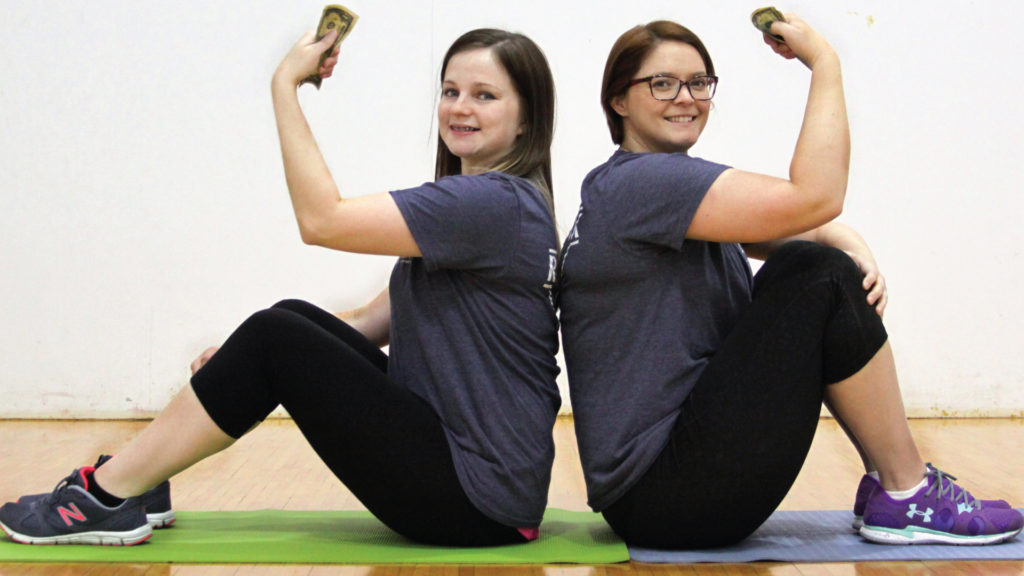
By Jocelyn Wood, RCB Bank
This is the year you’re going to take charge of your money. No more rationalizing overspending. No more excuses why you can’t put money into savings. No more regrets.
Everyone can save more money.
The question you have to ask yourself is what kind of life do you want? Do you want to be debt free? Do you want those new black leather boots? Do you want to retire comfortably? Do you want the newly released smartphone? Do you want to stop living paycheck to paycheck? Do you want your daily large caffe latte from your favorite coffee shop?
Saving money is a personal choice only you can decide, and making the commitment takes effort. It requires discipline and self-control, but the end result – more money in your savings, a larger down payment on a home or being debt free – is worth your diligence.
Here are three practical tips to help you change your attitude about spending and start thinking like a saver.
#1 Match your spending
If you struggle with sticking to a budget or tracking your expenses, try this: save an amount equal to whatever you spend on nonessential indulgences. If you want your morning java, put $4 in a jar. If you plan to eat lunch out, put $8 in jar. You will literally see your spending habits and potential savings.
If you can’t afford to save the matching funds, you can’t afford whatever it is you want.
#2 Remember you work hard
Before you spend your hard-earned money, take the cost of the item you want and divide it by your hourly wage. If you want a $90 pair of boots and you make $10 an hour, are those boots worth the nine hours of work?
Also, pay yourself first. That means put money aside from every paycheck into a savings or retirement account. Saving even $25 a month adds up. Set up automatic savings through a direct deposit or money transfer. You may surprise yourself how fast your savings grows when you put it on auto-pilot. Ask your bank for more information.
#3 Do not buy on impulse
Start thinking like a saver. Never purchase expensive items on impulse. Think over each purchase for at least 24 hours. During that period, do steps one and two. This will help you consider how necessary the item is that you want to buy. It will also help you have fewer regrets about purchases and more money for savings.
You don’t have to do it alone. Find someone who will help you stay on track of your savings goal. Check out AmericaSaves.org, a site dedicated to helping individuals save money, reduce debt and build wealth. You can take the savings pledge and set up text alerts to receive encouraging money saving tips targeted to your specific goal.
Also, ask your bank about products and services that offer money-management tools. Get financially fit and take charge of your money.



